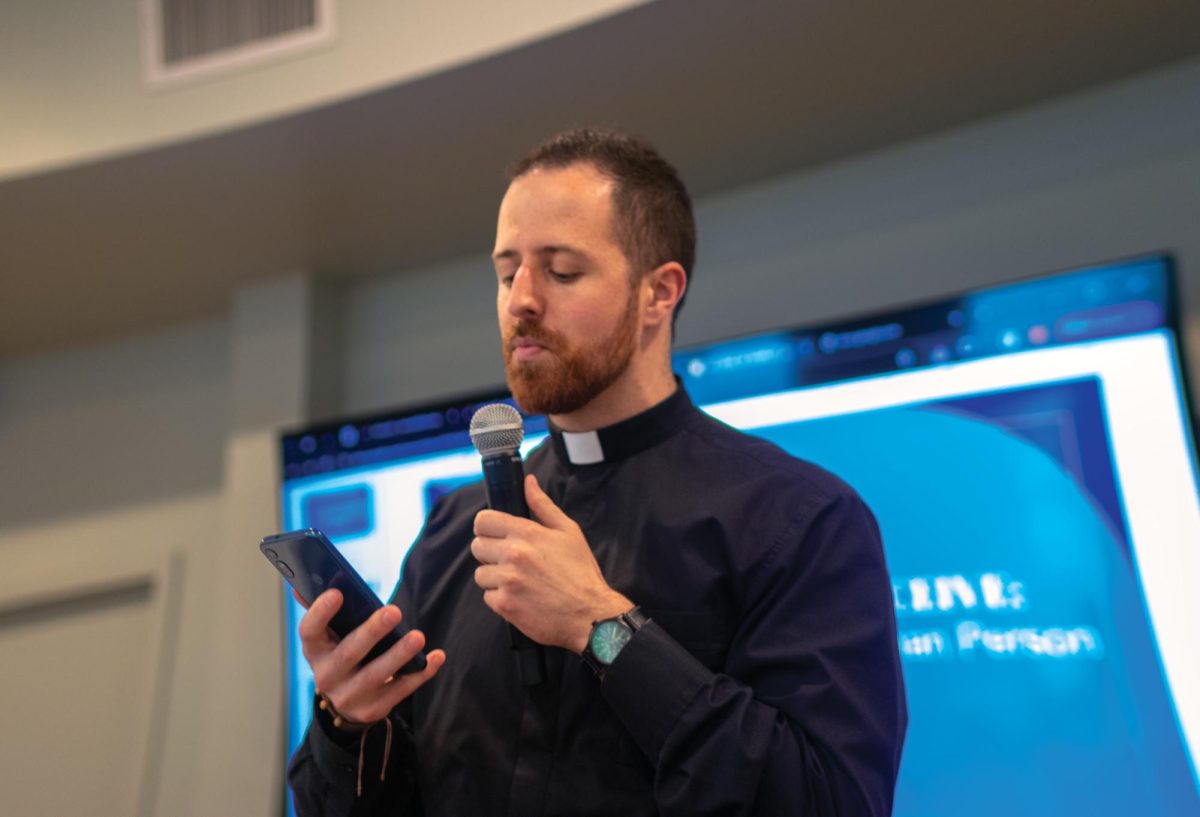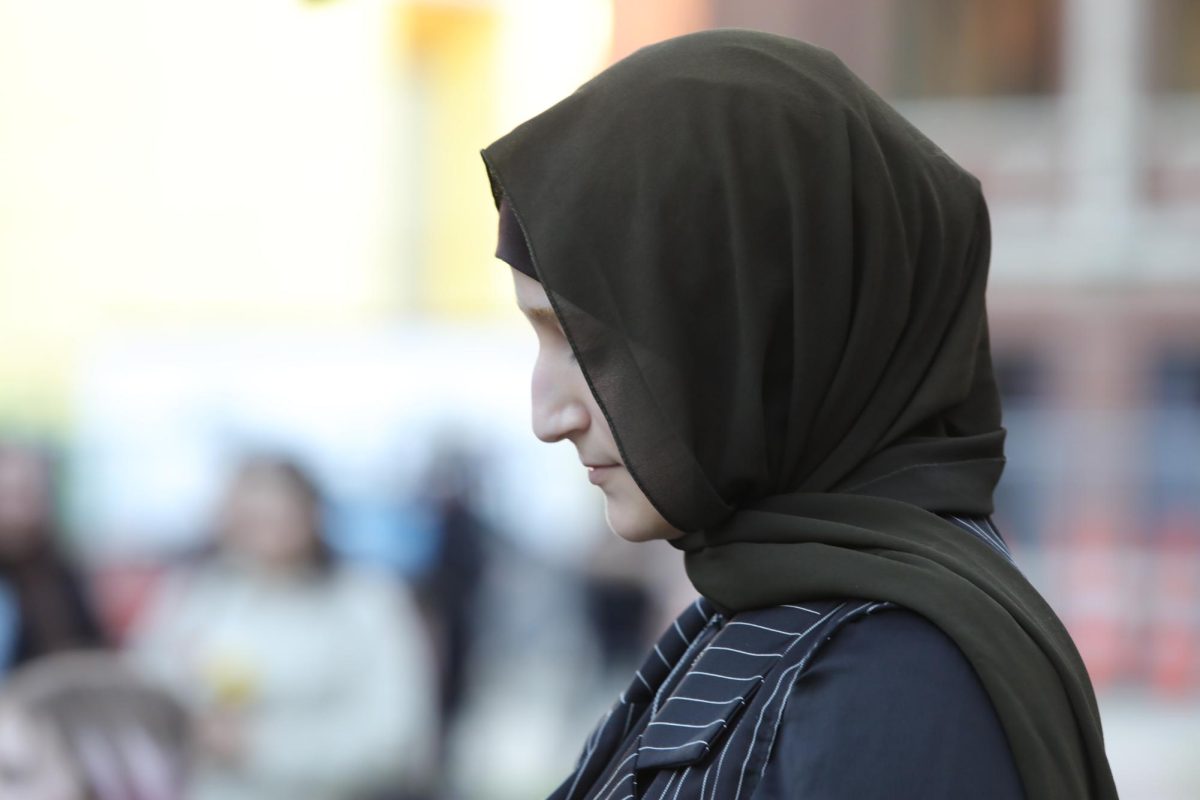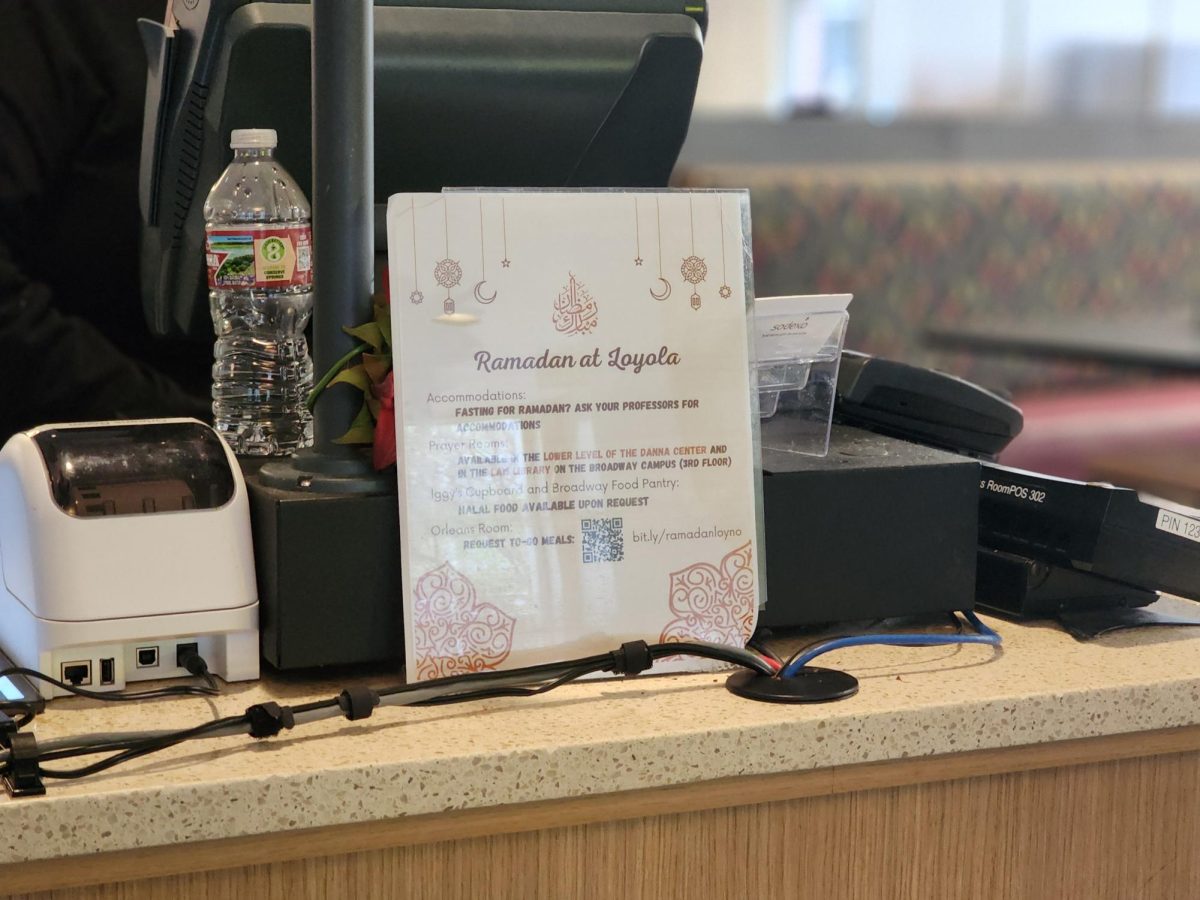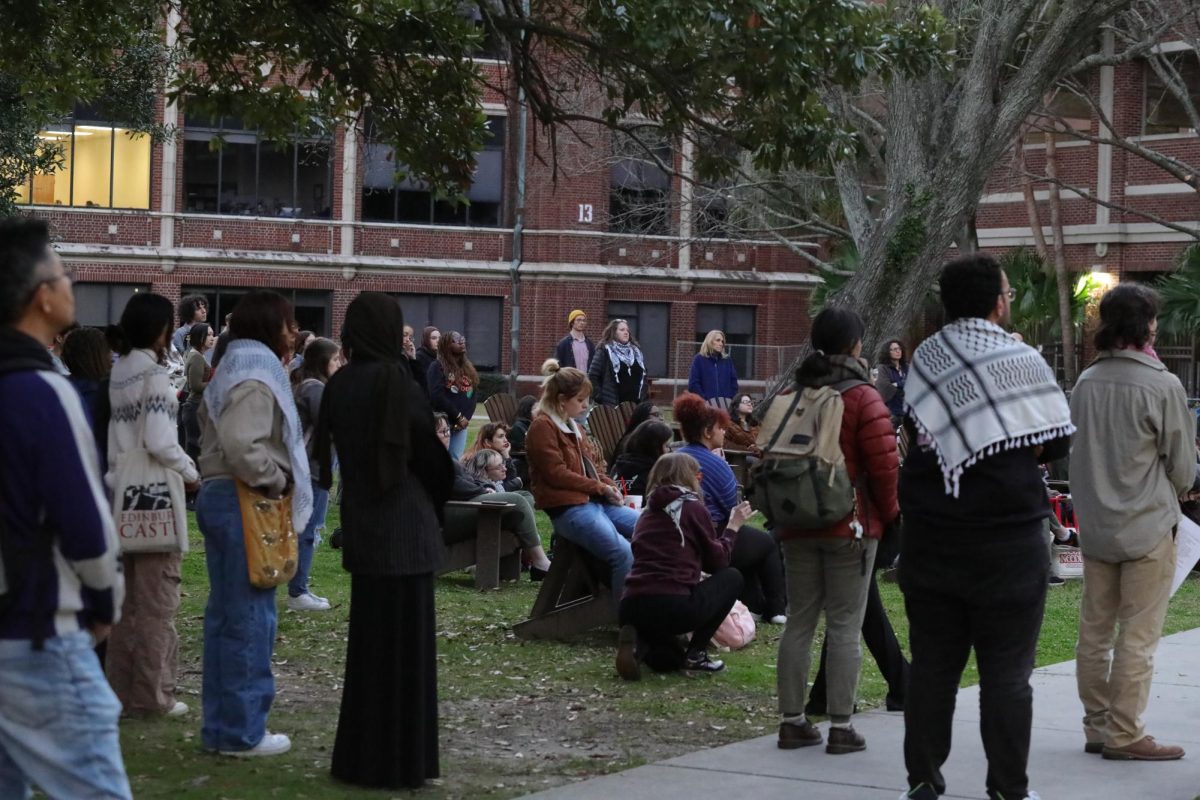When I was a little girl, I’d read over the “Peoples of the World” book my mom bought me because she wanted me to learn about the world (and she wanted me to understand why we didn’t, as I asked her many times, live in the North Pole next door to Santa). I loved the book. I read about countries and food and religion and pretended that I lived in a different country every day. My horizons were broadened. The world was as near to me as my book was to my bedside table.
During this time of immense possibility, I discovered the magic that lay in East Asian religions. I could barely relate them to my own Catholic upbringing, so in my mind, I pictured East Asia as a place full of color, where people danced for their gods instead of sitting quietly in a dimly-lit church.
My favorite of the world religions the book mentioned was Shinto, the ancient Japanese religion that combined all the tribal religions of Japan that came before it. Shinto had wonderful festivals, including Shichi-go-san, the children’s festival that focused on children aged seven, five and three. I pictured myself as a Shinto follower, hanging out in a Japanese temple amid cherry blossom trees. It was snowing, naturally.
I was also performing some kind of weird Kung Fu.
I came to realize as I grew up that Japan, in fact, had seasons other than winter and trees other than those that produced cherry blossoms. Still, I wanted to learn more about this religion that was largely contained in Japan but still counted as a world religion. So, I attended my history classes as a young child, knowing that Shinto would come up at some point. After all, this was the religion that even Buddhism had failed to eclipse. (I grew up thinking Buddhism was a huge, huge deal as a child, as I went to school right next to The True Buddha Temple and figured any building that had to proclaim itself as true had to be important).
Sadly, we never covered Shintoism in my history classes in grade school or high school. Loyola barely touches on it either, and it makes me sad. Shinto is such a unique religion that celebrates people of all ages and all times of the year. Its gods derive from the forces of nature and emphasize the importance of the Earth and all of its inhabitants. It’s socially inclusive and a green religion. It’s perfect for this time in history.
So here’s my proposition: let’s all stop neglecting Shinto. It’s a wonderful religion, and we can learn a lot from it. Knowing about it will help you become a better person, a more informed citizen of the world and may help you on a game show someday.
Kylee McIntyre is an English writing sophomore. She can be reached at [email protected].














